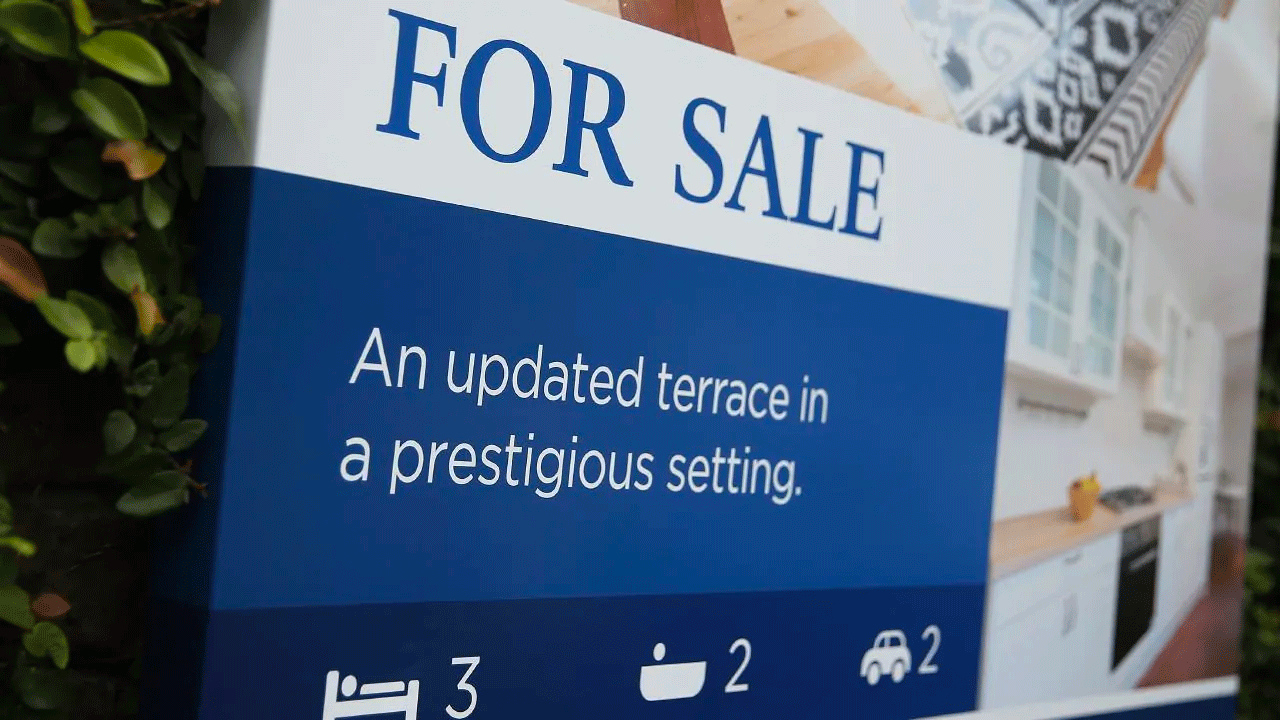Sydney Rental Vacancy Rate Surges
Sydney's rental vacancy rate has lifted to 3.4 per cent in April with nearly 8,000 homes across the city emptying over the past year.
Data released by SQM Research has revealed the national residential rental vacancy rates lifted in April 2019 to 2.3 per cent, an increase from 2.1 per cent in March.
Across Australia there are currently 77,664 properties for rent, 10,000 more homes available nationally compared to this time last year.
“Tenancy demand has been weak over the course of March and April,” SQM managing director Louis Christopher said.
“That combined with the expectation that dwelling completions are at their peak, prompted the rise in rental vacancies, which happened largely across the country, last month.”
Related: Worst of Housing Market Conditions ‘Now Behind Us’: Corelogic

The rental vacancy rate in Sydney is at a new record high, based on SQM’s rental index which goes back to 2005, growing full percentage point in the past 12 months to a rate of 3.4 per cent and experiencing a month-on-month increase of 0.3 per cent.
Sydney's asking rents declined 0.3 per cent for units and 1.5 per cent for houses, resulting is asking rents of $690 per week for houses and $505 per week for units.
Over 12 months, the decline has been 5.0 per cent for house rents and 3.8 per cent for units.
“Going forward we expect rental vacancy rates will further rise in Sydney and Melbourne for most of 2019, before peaking and falling in 2020 as completions are forecasted to fall,” Christopher said.
Melbourne rates increased half a percentage point to 1.3 per cent in April with the asking rents declined 0.2 per cent for units and remaining steady for houses.
Tightly-held Hobart loosened to 0.6 per cent in April though continued to record the lowest vacancy rate in the country since September 2014.
Darwin’s vacancy rate of 3.6 per cent in April, was the only capital city to experience a decrease in vacancy rates of 0.1 per cent, yet continues to rank the highest of all capital cities since it overtook Perth in September 2018.
Perth, Brisbane and Adelaide each experienced a slight lift in April rates of between 0.1 and 0.3 per cent, each had lower vacancies year-on-year.
Overall, capital city asking rents increased 0.2 per cent for units, but declined 0.4 per cent for houses, resulting is asking rents of $554 per week for houses and $442 per week for units.
In comparison, over the 12 months, asking rents for units declined by 0.7 per cent and rents for houses remained steady.















